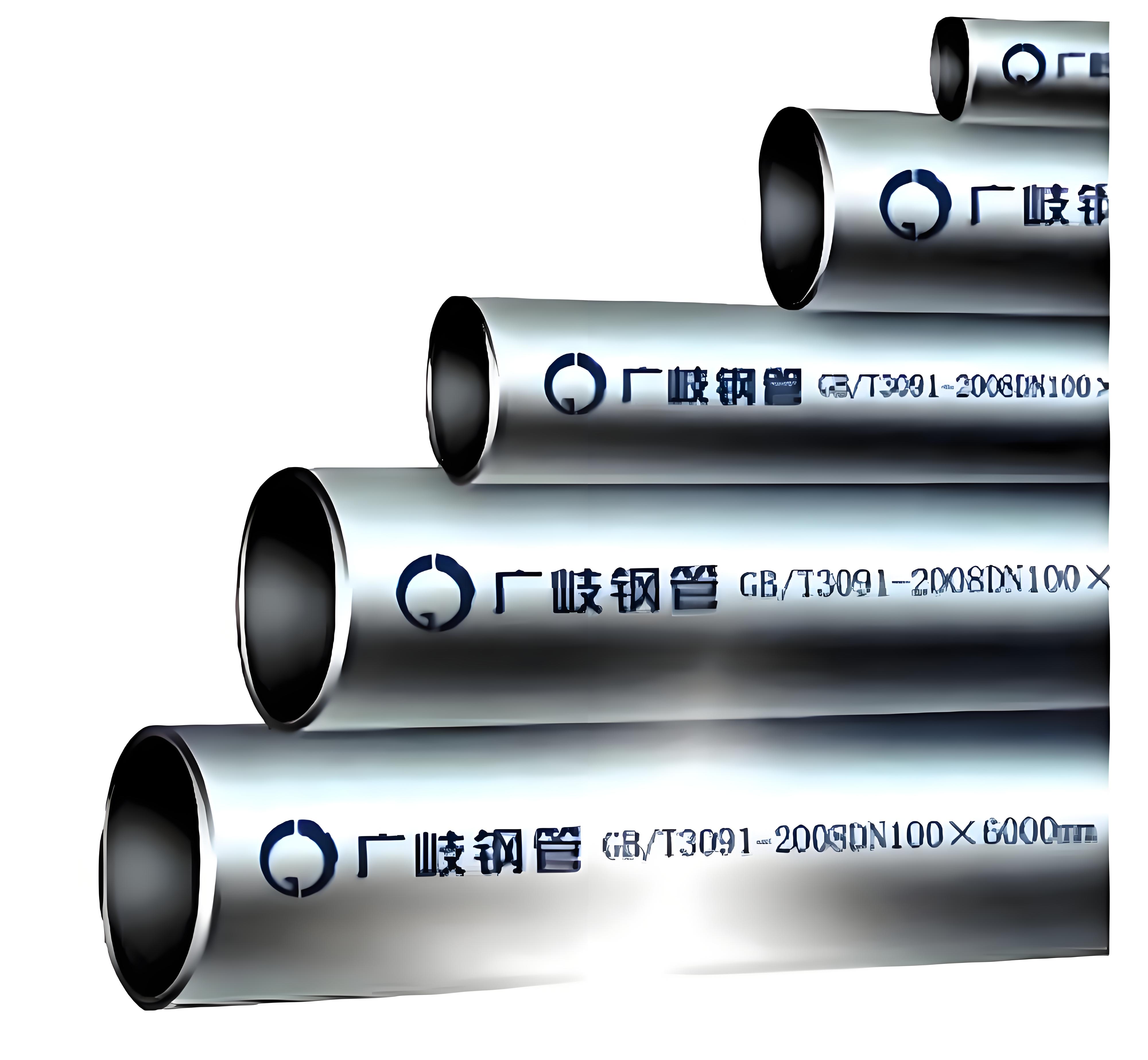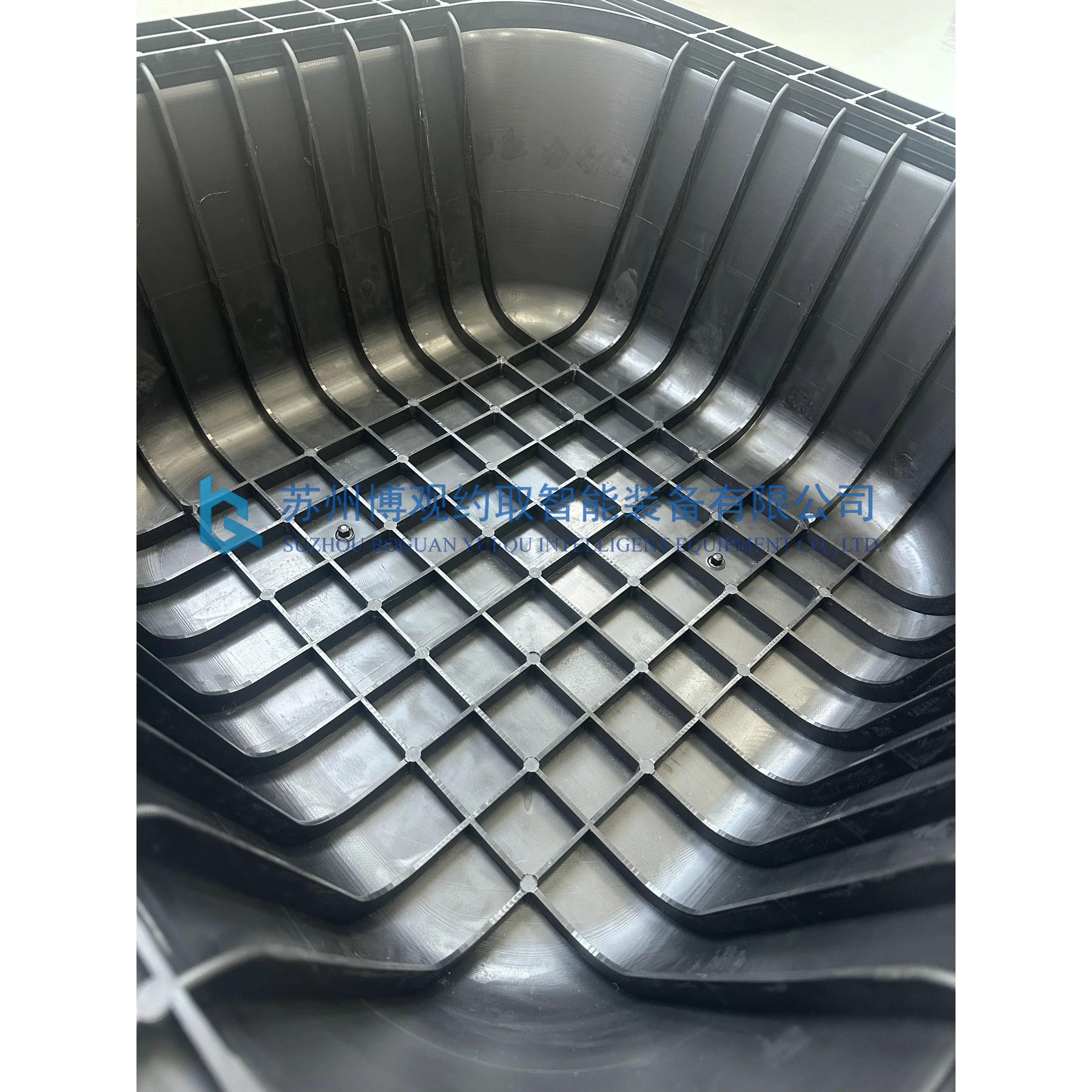Moisture intrusion through concrete slabs is a common issue that can lead to significant structural damage, mold growth, and a host of other problems in residential and commercial properties. Understanding how to effectively prevent moisture from permeating your concrete slab is crucial for maintaining a healthy and durable environment. In this article, we will explore the causes of moisture intrusion, the implications of neglecting this issue, and practical solutions to mitigate moisture problems effectively.
Understanding the Causes of Moisture Intrusion
Before implementing solutions, it is essential to understand the sources of moisture that can affect your concrete slab. The primary causes include:
- Groundwater: Natural groundwater levels can fluctuate, especially during heavy rainfall or snowmelt, leading to increased hydrostatic pressure beneath your slab.
- Poor Drainage: Inadequate drainage systems around your property can cause water to pool near the foundation, increasing the likelihood of moisture seeping through the concrete.
- Humidity: High humidity levels in the air can lead to condensation on cooler surfaces, including concrete slabs, contributing to moisture problems.
- Cracks and Imperfections: Over time, concrete can develop cracks due to settling, temperature changes, or improper installation, allowing moisture to enter.
Implications of Moisture Intrusion
Ignoring moisture issues can lead to severe consequences, including:
- Structural Damage: Prolonged exposure to moisture can weaken the integrity of the concrete, leading to cracks and structural failure.
- Mold Growth: Damp environments are conducive to mold and mildew, which can pose health risks to occupants and lead to costly remediation efforts.
- Increased Energy Costs: Moisture can affect insulation properties, leading to higher heating and cooling costs.
Effective Strategies to Prevent Moisture Intrusion
Now that we understand the causes and implications, let’s delve into effective strategies to prevent moisture from coming through your concrete slab.
- Install a Vapor Barrier
One of the most effective methods to prevent moisture intrusion is to install a vapor barrier beneath the concrete slab. A vapor barrier is typically made of polyethylene sheeting and acts as a barrier against moisture from the ground. When pouring a new slab, ensure that the vapor barrier is properly installed and overlaps at the seams to create a continuous barrier.
- Improve Drainage Systems
Proper drainage is critical in preventing moisture accumulation around your foundation. Here are some steps to enhance drainage:
- Gutters and Downspouts: Ensure that gutters are clean and downspouts direct water away from the foundation.
- French Drains: Installing a French drain system around the perimeter of your property can help redirect groundwater away from the slab.
- Grading: The landscape should slope away from the foundation to prevent water pooling.
- Seal Cracks and Joints
Regularly inspect your concrete slab for cracks and joints. Use high-quality sealants to fill any gaps, preventing moisture from seeping through. Epoxy or polyurethane sealants are particularly effective for this purpose.
- Use Waterproofing Products
Consider applying waterproofing products specifically designed for concrete. These products penetrate the concrete and create a barrier against moisture. Look for options that are breathable, allowing moisture vapor to escape while preventing liquid water from entering.
- Control Indoor Humidity
Maintaining indoor humidity levels is essential in preventing condensation on your concrete slab. Use dehumidifiers in areas prone to high humidity, and ensure proper ventilation in basements and crawl spaces.
- Regular Maintenance
Conduct regular inspections of your property to identify potential moisture issues early. Look for signs of water damage, mold growth, or cracks in the concrete. Addressing these issues promptly can prevent more significant problems down the line.
Conclusion
Preventing moisture from coming through your concrete slab is a multifaceted approach that requires understanding the sources of moisture, implementing effective solutions, and maintaining your property. By taking proactive measures such as installing vapor barriers, improving drainage, sealing cracks, and controlling indoor humidity, you can protect your concrete slab and ensure a safe, healthy environment. Remember, addressing moisture issues early can save you time, money, and stress in the long run.


